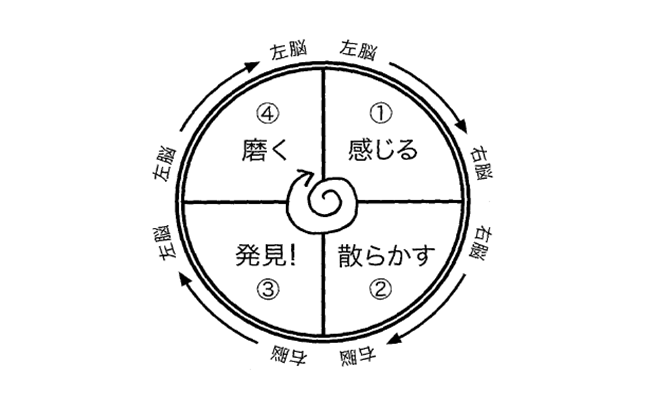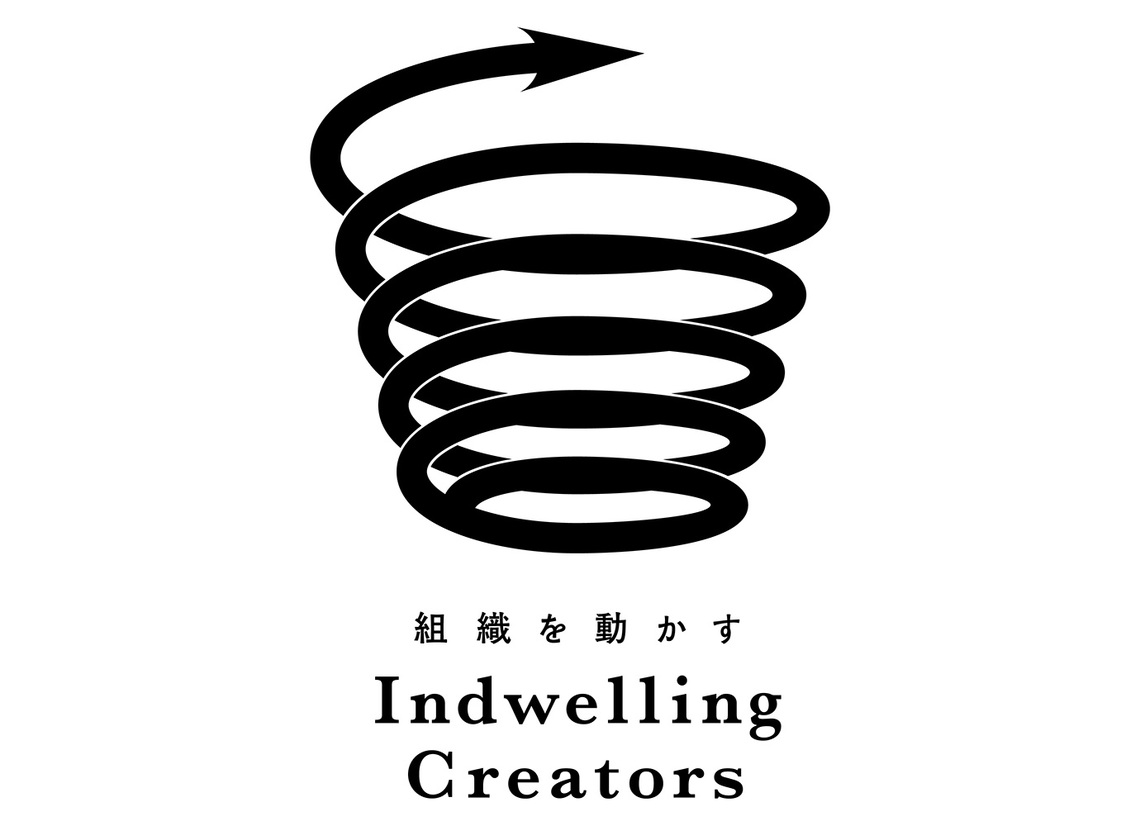In my previous column, I wrote freely about Ayako Yagi's book "Design at the Heart of Management," sharing thoughts like "I resonate with this" or "But I don't get this." This led to a rare chance for the three of us to talk again, including Mr. Aota from "Arens," the company Ms. Yagi founded.
Even when our views differ, I truly felt the importance of "dialogue" – exploring paths that encompass both A and B, rather than a "conflict" between A or B. Among the topics discussed, "Why should creators (designers) be involved in management in the first place?" was particularly memorable.
I believe there are three main reasons for this.
First, to improve the quality of output.
For example, "design" is often defined as "giving form to intent." That's precisely why it's essential for management to accurately and thoroughly share their intent with designers, down to its very essence. When executives themselves engage directly with creators, the quality of every communication tool—advertising, packaging, point-of-sale displays—will undoubtedly improve.
However, this reason alone (while understandable from the creators' perspective) isn't sufficient justification for busy executives to allocate their time.
Therefore, the second reason is to ensure "concept quality control."
For instance, an intention like "brand identity" ultimately gets distilled into a "concept." This should be a core, critical element within the strategy.
However, observing business practices reveals that some concepts written down are merely bold slogans or desired goals, and their "quality" is far from being managed. The ability to accurately articulate the new meaning born there is a problem directly linked to business strategy. (We plan to discuss this "concept quality control" in detail next time.)
Yet, there is an even more fundamental reason than these two. It is to feel the "here and now."
The diagram above models the unique thought process at advertising agencies, called "Circular Thinking."
As shown in this diagram, when creators consider solutions, instead of correctly analyzing the current situation, they first "feel" the entirety of the "here and now" (including the analysis results) without making value judgments about what is right or wrong. In other words, "Don't think, feel!"
This is because innovation that brings about exponential growth within an organization cannot occur as long as judgments are based on existing values. Creators are the most suitable individuals to lead the way in reclaiming this "feeling" mindset—a mindset lost in many workplaces due to an excessive focus on scientifically and logically advancing management.
Through dialogue with Mr. Yagi and Mr. Aota, we clarified that placing "design beside management" is essential precisely to develop strategically meaningful concepts after feeling the "here and now," and to see them through to high-quality output. Furthermore, we confirmed that Indwelling Creators—embedding creators within the organization—is an effective approach.
Speaking of which, a new addition to Caretta Shiodome, or rather, a new member of our community, is "TOKYO NOODLE LAB." It turns out this shop is managed by Kentaro Higashi, who was in the same class as me at an elementary school nestled in the mountains outside Yokohama. Amidst frequent remote work, I finally managed to visit.
Their chicken white soup ramen is a masterpiece: a rich, flavorful broth whipped into a froth, paired with perfectly al dente noodles. Each topping is meticulously prepared, and before I knew it, I'd ordered an extra serving of noodles. I heard they're aiming to conquer the entire US and eventually the world, starting from here.
Following the hamburg steak at Tsukushino, being able to enjoy my childhood friend's cooking again is just incredibly happy.
Please, enjoy!











